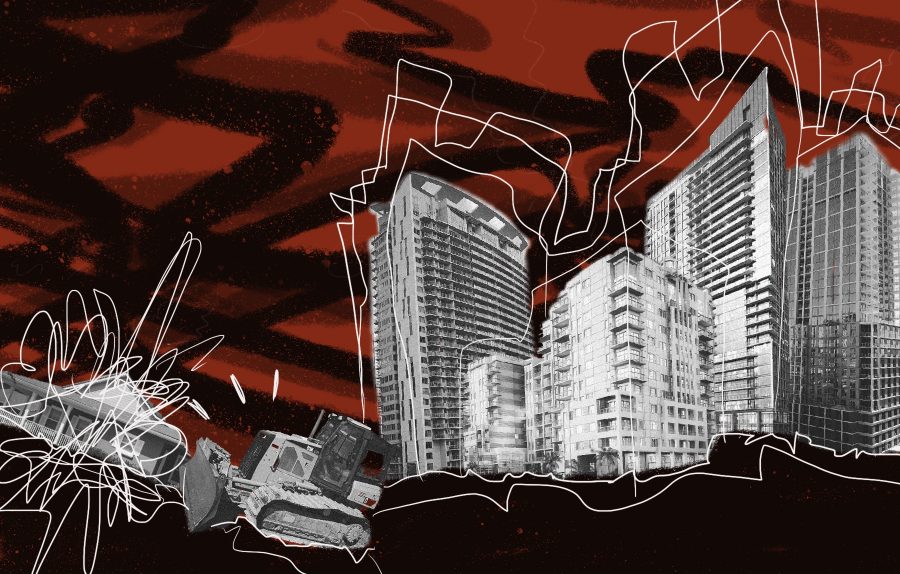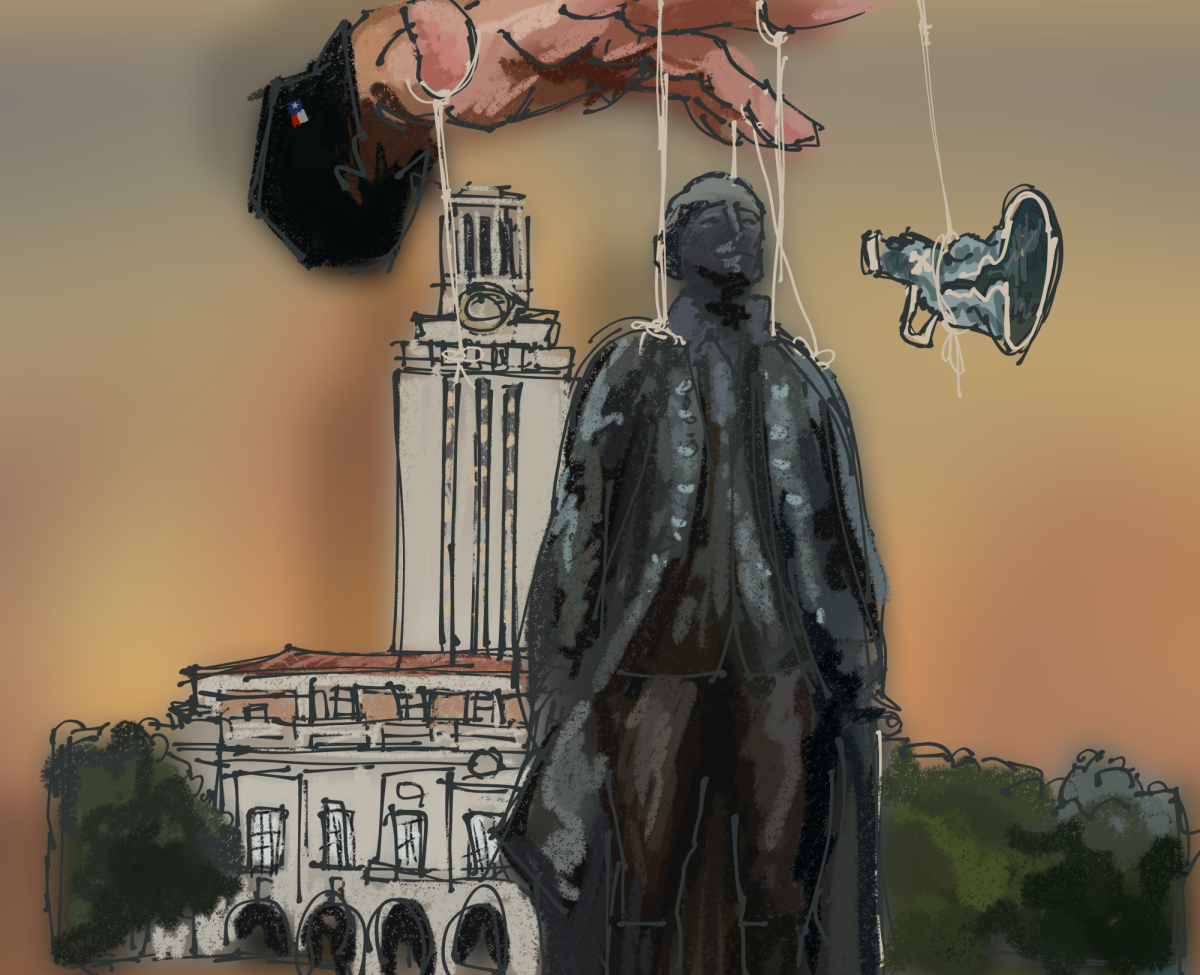Every spring for the past 19 years, radio-television-film students have spent their semesters making short documentaries featuring members of the East Austin community. This course, East Austin Stories, provides a unique opportunity for students to participate in place-based learning just minutes away from the heart of UT’s campus. This class has given me insight into the disheartening level of displacement in Austin because of gentrification and how residents are responding.
East Austin Stories allows students to concretely put their skills to work and become active participants in a community that is often under or misrepresented by the media. While this class has had a positive impact on the community and students, only a select group of radio-television-film students have the opportunity to participate, because it is a small, restricted class. UT needs to offer more place-based learning classes across a broader range of majors to raise student awareness about the problems facing their community.
In a Forum piece last September, philosophy sophomore Florent Marchais wrote about the value student voices have in the fight against gentrification. Whether they realize it or not,
students play a significant role in the Austin community during their time at UT. Rather than staying detached from this community, Marchais encouraged students to promote affordable housing and develop stronger connections with non-student Austinites facing life-altering changes. However, they can only do this if the University gives them the resources they need.
Engaging in place-based learning is effective because it has the potential to connect both students and other community members in a lasting, meaningful way. Hearing from prominent community voices and establishing connections can serve as a foundation for continued student activism.
“One of the first pieces that was made in the class in 2000 was about a house that developers were trying to buy and (the owner) did not want to sell,” said East Austin Stories professor Andrew Garrison. “They were able to use that documentary in the Guadalupe neighborhood to help present the case against gentrification. It helped them keep their house.”
In addition to contributing to the preservation and celebration of East Austin, students who might feel disconnected from the community have the opportunity to grow and learn through the relationships they form.
“I tell my students that the impact is probably going to be on them. There’s going to be a much greater impact from them hearing and learning other people’s stories,” Garrison said. After forming strong connections and seeing a side of East Austin that is often ignored, students can gain invaluable experiences they couldn’t find in the classroom. The same goes for all place-based learning, which is why UT needs to provide similar opportunities for more students.
Replicating the nature of East Austin Stories across different areas of study would give more students the chance to understand gentrification and other social issues on a personal level. Whether students remain in Austin or not, this understanding would allow them to be more empathetic, participatory members of their future communities.
Waltz is a radio-television-film senior from Dripping Springs.





















